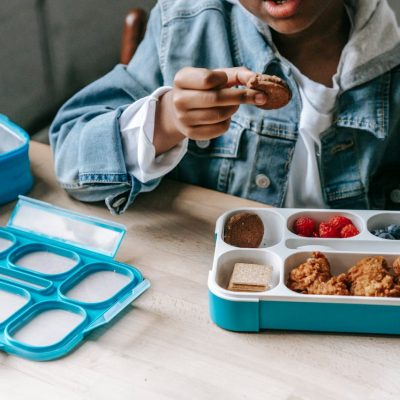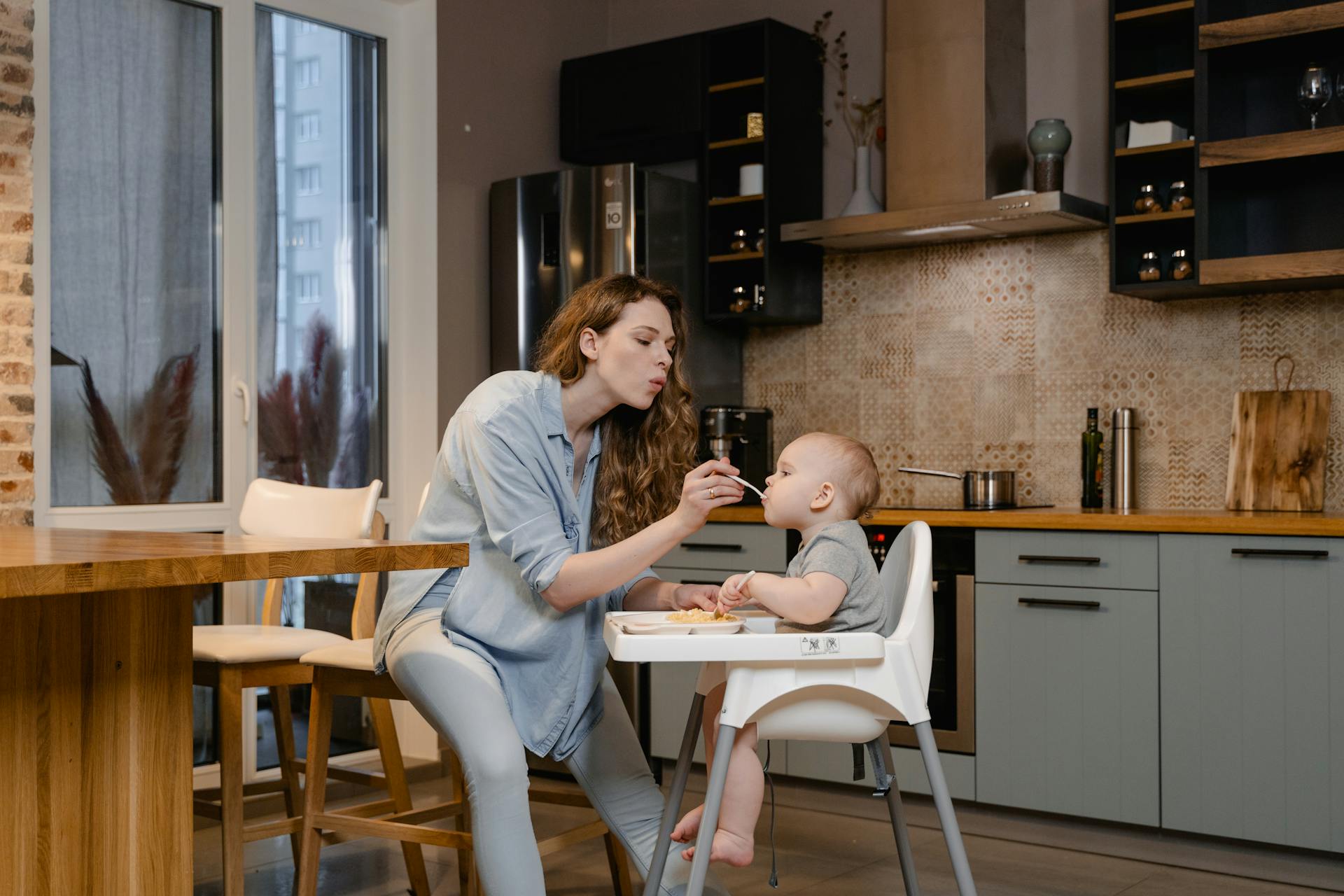Parenting is one of life’s most rewarding journeys, yet it comes with its share of challenges. Positive parenting offers an approach that emphasizes nurturing, guidance, and building strong connections between parents and children. This style of parenting promotes a healthy and supportive environment where children can thrive emotionally, socially, and intellectually. Here are some effective positive parenting tips to help you navigate the beautiful journey of raising confident and compassionate children.
1. What Is Positive Parenting?
Positive parenting is a philosophy that focuses on mutual respect, empathy, and clear communication. Unlike authoritarian or permissive styles, it strikes a balance by setting boundaries while maintaining warmth and understanding. The goal is to foster a loving environment where children feel secure, valued, and empowered to grow into responsible individuals.
Research supports that positive parenting contributes to better emotional regulation, higher self-esteem, and stronger relationships as children grow.
2. Key Benefits of Positive Parenting
Positive parenting offers numerous advantages for both children and parents:
- Improved Behavior: When children feel respected and understood, they are more likely to cooperate and follow rules.
- Stronger Bond: Positive parenting strengthens the parent-child relationship by fostering trust and open communication.
- Better Emotional Health: Children raised with positive parenting techniques tend to have lower stress levels and are better at managing emotions.
- Encourages Independence: By empowering children to make decisions, they learn critical problem-solving and decision-making skills.
3. Tips for Positive Parenting
A. Practice Active Listening
Active listening is essential to understanding your child’s thoughts and feelings. Make eye contact, nod, and acknowledge what your child is saying without interrupting. This builds trust and encourages them to share openly with you.
B. Focus on Positive Reinforcement
Celebrate your child’s achievements and good behavior with praise and encouragement. Positive reinforcement motivates children to repeat desirable behaviors. Instead of focusing on mistakes, highlight what they are doing right.
Example: Instead of saying, “Don’t spill your milk,” try saying, “You’re doing a great job holding your cup carefully.”
C. Set Clear and Consistent Boundaries
Children thrive when they know what is expected of them. Establish clear rules and explain the reasoning behind them. Be consistent in enforcing these boundaries, as inconsistency can confuse children and lead to frustration.
D. Teach Emotional Regulation
Help your child recognize and express their emotions in healthy ways. Encourage them to use words to describe how they feel and validate their emotions. For example, if your child is upset, you might say, “It’s okay to feel sad. Let’s talk about it.”
E. Be a Positive Role Model
Children learn by observing their parents. Demonstrate the behaviors and attitudes you want your child to emulate, such as kindness, patience, and empathy.
F. Encourage Problem-Solving Skills
Instead of immediately solving problems for your child, guide them through the process. Ask questions like, “What do you think we should do?” or “How can we fix this together?” This approach fosters independence and critical thinking.
G. Prioritize Quality Time
Spending one-on-one time with your child strengthens your bond and makes them feel valued. Engage in activities they enjoy, whether it’s reading a book, playing a game, or simply talking about their day.
4. Overcoming Common Challenges in Positive Parenting
Handling Tantrums
Tantrums are a normal part of childhood, especially in younger children who are still learning to express emotions. Stay calm, acknowledge their feelings, and offer comfort. Avoid yelling or punitive measures, as they can escalate the situation.
Balancing Discipline and Positivity
Discipline is an essential part of parenting, but it doesn’t have to involve harsh punishments. Instead, use natural consequences and gentle reminders to teach your child right from wrong.
Managing Parental Stress
Parenting can be overwhelming at times. Prioritize self-care by setting aside time for yourself, whether it’s exercising, meditating, or pursuing a hobby. A well-rested and happy parent is better equipped to practice positive parenting.
5. Positive Parenting Tips for Different Age Groups
Toddlers (1-3 Years)
- Use simple language to explain rules and expectations.
- Offer choices to foster independence (e.g., “Do you want the red shirt or the blue shirt?”).
- Be patient as they navigate big emotions like frustration or sadness.
Preschoolers (4-5 Years)
- Encourage imaginative play and creativity.
- Teach empathy by discussing how actions affect others.
- Help them develop routines, such as cleaning up toys or brushing teeth.
School-Aged Children (6-12 Years)
- Support their interests and hobbies, such as sports or art.
- Encourage teamwork and social skills by arranging playdates or group activities.
- Discuss responsibilities, such as homework or chores, and involve them in decision-making.
6. The Importance of Communication
Open and honest communication is at the heart of positive parenting. Regularly check in with your child about their feelings, experiences, and needs. Active dialogue helps you stay connected and creates a safe space for them to share concerns.
7. Adapting Positive Parenting to Your Family’s Needs
Every family is unique, and positive parenting is not a one-size-fits-all approach. Consider your child’s temperament, cultural values, and family dynamics when implementing these tips. Be flexible and willing to adjust as your child grows and their needs change.
8. Final Thoughts
Positive parenting is a journey that requires patience, consistency, and love. By focusing on building a strong bond, setting clear boundaries, and fostering emotional growth, you can empower your child to thrive. Remember, the goal is not perfection but creating a supportive environment where both you and your child can grow together.
By practicing these positive parenting tips, you’ll lay the foundation for a happy, confident, and resilient child who feels loved and supported every step of the way.
















